- Tsaone Segaetsho
An American mineral investment entity, Global Critical Resources Corporation (GCR), has moved to resuscitate Tati Mine, an embattled nickel, cobalt and platinum group metals asset, and will invest over $200 million (P2.72 billion) in long-term planning for the next decade.
GCR owns Tataki Mine, which was launched on Tuesday, announcing plans to invest in infrastructure and to elevate the mining assets to world-class standards with a long-term commitment of $200 million (P2.72 billion). In the short term, it will inject over P500 million in the next two years, according to GCR major shareholder and Executive Chairman, Cevdet Caner. Tataki was formerly the now-defunct Tati Mine, which was liquidated along with its sister mine, BCL, in 2016.
During the launch of Tataki Mine on Tuesday in Matsiloje village, 36 kilometres from the second city, Francistown, Caner said there are already 50 people employed in the pre-production phase. He added that when production and mining operations ramp up next year, the mine will create 400 direct jobs, while expecting an additional 3,000 indirect jobs linked to the company’s supply chain and service requirements.
“I have shared with President Boko that I expect Tataki Mine to be a key contributor to Botswana’s economic future. We hope to generate approximately USD4.2 billion (P57.12 billion) for Botswana’s GDP for decades to come after operations begin, equivalent to a projected 1.5 percent increase in Botswana’s GDP,” said Caner during the launch.
GCR also owns the assets of Minera Tres Valles (MTV), a copper mine in Chile. Tataki Mine produces nickel, cobalt and platinum group metal assets.
They are venturing into mining what are regarded as critical metals, in a country long known for luxury minerals such as diamonds as its economic mainstay.
Caner told attendees at the launch, which was graced by President Duma Boko and Minister of Minerals Bogolo Kenewendo, that critical mining is indispensable for “power, progress, and innovation”.
He highlighted the importance of critical metals for renewable energy solutions, advanced electronics and transportation. Caner said the significance of metals including copper, nickel and cobalt is essential for driving the transition to cleaner energy, electrification, transportation and the digital revolution.
“Investing in critical mining is not just a strategic investment but a vital step towards securing a brighter and resilient future for generations to come,” said Caner.
According to Caner, to be sustainable, investment in critical minerals must be grounded in partnership with local communities.
“GCR finds itself fortunate to invest in Tataki because Botswana, with its strong governance, long history of democracy and its young, skilled workforce, is an exceptional place to invest.
Together with our new partners, we envision a new chapter for Tati Mine — that is why we call it Tataki. As a reliable Botswana-based producer of nickel and cobalt hydroxide precipitates/salts, copper cathodes, metal bars for platinoids (platinum, palladium, rhodium), and precious metals like gold for the global market, Tataki will produce a variety of metals and hydroxide salts that are widely traded internationally for well-established end users,” said Caner.
Caner explained that GCR’s business model will focus on manufacturing value-added products onsite. Rather than simply exporting raw materials abroad, the company plans to introduce new skills to Botswana’s talented workforce through training, value addition and the adoption of advanced technologies.
MTV’s Chilean operations include an advanced underground mine (Papomono), which utilises Incline Block Caving (IBC) for extraction, as well as an open-pit mine (Don Gabriel) scheduled for development within three years.
“We seek to build a world-class mining operation similar to the one we are running in Chile, that will set industry standards for Francistown and the entire north-east region. Onsite this means a sector-leading approach to safety and environmental stewardship, so that we can become a producer of sustainable green metals in line with our global strategy,” said Caner.
Caner added that operations at Tataki will feature innovative technologies, including hydrometallurgical extraction methods and AI-supported mining. He said these technologies will help build cutting-edge capabilities in the local workforce, preparing them for the future. The mine will also support surrounding communities by investing in infrastructure, education and healthcare.
Kenewendo, speaking at the launch, said the resource (Tataki) was first owned by Anglo American in 1929. She explained that Phoenix Mine began full production of the mining assets in 1995, before its eventual liquidation. The mine then went into an eight-year hiatus. Kenewendo added that the Ministry of Minerals aims to increase the contribution of critical and base metals to the country’s mining sector and overall economic growth.










